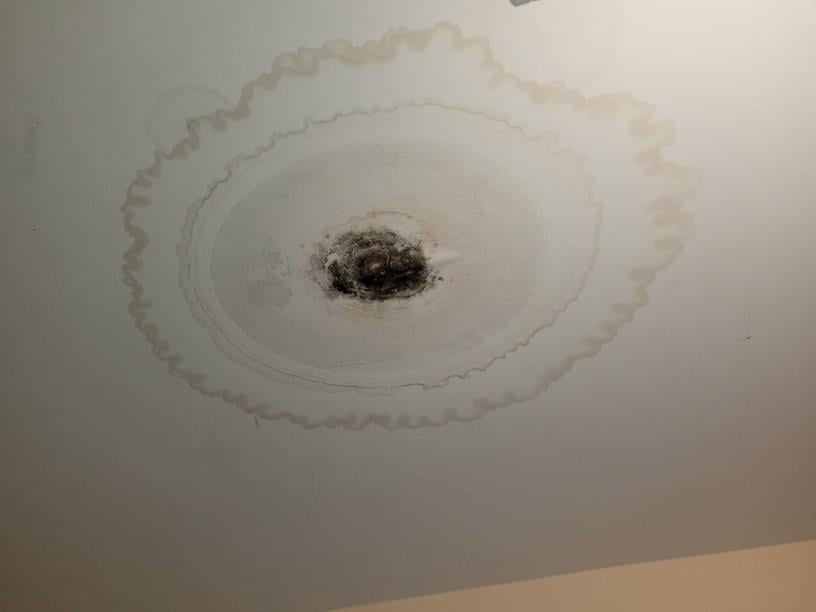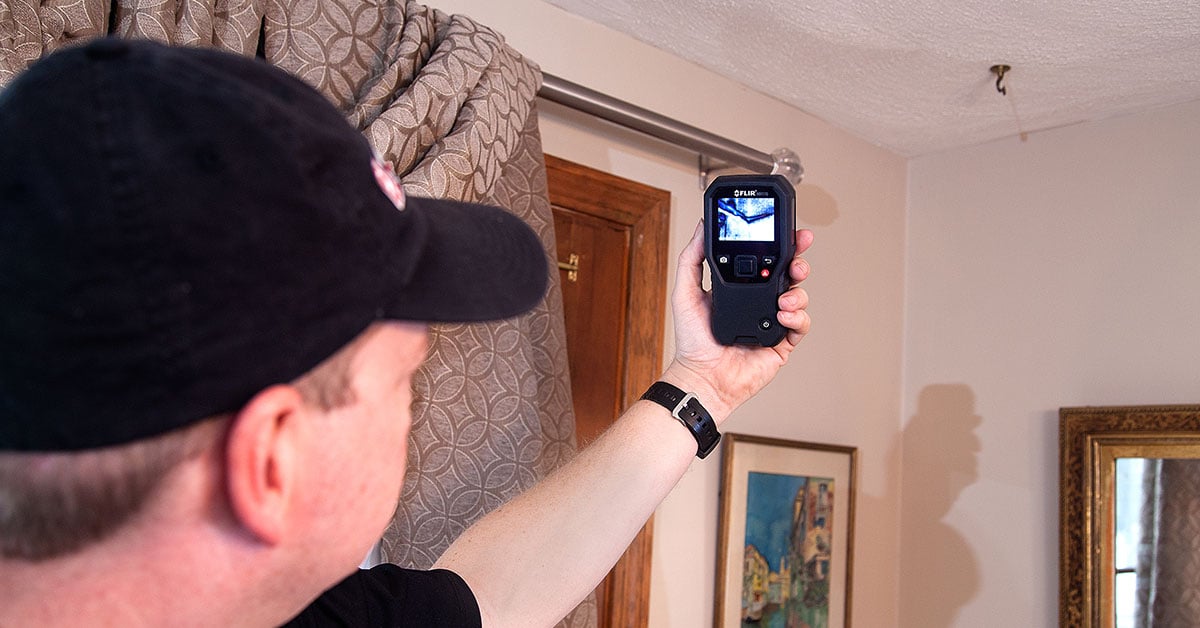How to Check If Your Home Has a Hidden Leakage
How to Check If Your Home Has a Hidden Leakage
Blog Article
We've found this article pertaining to Finding hidden leaks down the page on the net and concluded it made perfect sense to relate it with you on this page.

Early detection of dripping water lines can alleviate a potential disaster. Some little water leaks may not be noticeable.
1. Take A Look At the Water Meter
Every house has a water meter. Examining it is a surefire way that aids you discover leaks. For beginners, switch off all the water sources. Guarantee no person will certainly purge, utilize the tap, shower, run the washing maker or dishwasher. From there, go to the meter and watch if it will alter. Since nobody is utilizing it, there should be no movements. If it relocates, that suggests a fast-moving leakage. If you detect no adjustments, wait an hour or 2 and inspect back again. This indicates you may have a sluggish leak that can even be below ground.
2. Check Water Intake
If you detect abrupt changes, in spite of your usage being the exact same, it indicates that you have leakages in your plumbing system. A sudden spike in your bill suggests a fast-moving leak.
At the same time, a constant boost on a monthly basis, despite having the exact same behaviors, shows you have a slow leak that's likewise gradually rising. Call a plumber to extensively check your residential property, specifically if you really feel a cozy location on your flooring with piping beneath.
3. Do a Food Coloring Examination
When it comes to water usage, 30% comes from commodes. If the shade somehow infiltrates your bowl throughout that time without flushing, there's a leak between the container and also dish.
4. Asses Outside Lines
Do not fail to remember to check your exterior water lines as well. Should water leak out of the connection, you have a loosened rubber gasket. One small leak can throw away heaps of water and increase your water bill.
5. Evaluate as well as Analyze the Scenario
Home owners ought to make it a behavior to inspect under the sink counters and even inside cabinets for any bad odor or mold growth. These 2 warnings suggest a leak so punctual interest is called for. Doing routine evaluations, also bi-annually, can conserve you from a significant problem.
Much more importantly, if you understand your residence is already old, keep a watchful eye on your heating units, tubes, pipes etc. Check for discolorations as well as damaging as the majority of home appliances as well as pipelines have a life span. They will also naturally weaken due to tear as well as use. If you presume dripping water lines in your plumbing system, do not wait on it to intensify. Call a professional plumber as soon as possible so you do not wind up with a horrible mess in your house.
Early detection of leaking water lines can reduce a possible calamity. Some little water leakages may not be visible. Examining it is a surefire way that aids you find leaks. One little leakage can squander lots of water as well as spike your water costs.
If you suspect dripping water lines in your plumbing system, do not wait for it to escalate.
5 SMART WAYS TO FIND HIDDEN WATER LEAKS WITHOUT DESTROYING YOUR HOUSE
Monitor Your Water Meter
If you start to notice a higher water bill but you know that your water usage hasn’t increased, it’s a good sign that there’s a leak. Keep a close eye on your water meter to see if you detect any huge fluctuations.
While you’re outside, make sure that there is no water source accidentally left turned on such as a garden hose. Turn all water off including inside water before you check the meter.
Next, take a closer look at the leak indicator and look for any movement. It depends on the type meter you have but for many, it’s a triangular-shaped dial. It may also look like a small silver wheel that spins when water flows through it.
If either of these types of dials is turning after you’ve turned the water off, you likely have a leak. Another option is to take a reading and then wait an hour or two.
Take a second water meter reading to see if anything has changed. This is how to detect water leaks for most of your home. Just make sure you haven’t used any water during that hour to a two-hour window.
Check Your Faucets
For many homeowners, the source of a water leak stems from the faucets. A worn rubber washer is often the culprit and can be found underneath the handle.
You can easily replace the washer if you have the correct tools. You will need to turn the water off under the sink, or at the main cutoff valve.
Next, remove the faucet handles to access the gasket. Most home improvement or hardware stores sell replacement gaskets and the tools you need to fix this simple, common problem.
How to Detect Water Leaks from Your Toilet
The toilet is another common culprit for water leaks, and it can often go unnoticed. A leaky toilet can waste several hundred gallons of water, which also means it can waste quite a bit of money.
Remove your tank lid and add a few drops of food coloring to the tank. Dye tabs are another easy alternative that can be purchased at many hardware stores.
Let the coloring saturate the water and wait approximately 30 minutes without flushing. If any color has come through the tank and into the toilet bowl, you likely have a leak.
Luckily, these types of leaks can often be resolved by replacing the flapper. The flapper has likely just worn out over time or become cracked which causes water to constantly flow from the tank into the bowl without you even noticing.
Another toilet-related red flag? If you need to jiggle the handle to keep your toilet from running, you likely have an issue with the flush bar and chain sticking.
You can fix this by adjusting the nut that secures this mechanism inside the tank. Or, you might need to replace the handle since it could be sticking.
Be Aware of Underground Water Leaks
Outdoor water leaks can get quite expensive to repair, so it’s important to know what to look for. If an area of your yard seems softer than others or you notice dark spots, this could be cause for concern.
If one particular area around your home seems to stay wet even after a dry spell, this is a red flag. You can also look closely near your driveway and street and see if you notice any unusual water flow.
Water flow doesn’t have to be a constant stream of flowing water. Even puddles that seem out of place may indicate that there’s a deep, underground leak.
If you suspect that you have an underground leak, call your local water or utility company as soon as possible. They have the tools and the know-how to further diagnose and fix the issue.

I'm very drawn to Locating water leaks and I hope you enjoyed the entire article. In case you enjoyed our blog post plz do not forget to share it. I treasure reading our article about Leaking water lines.
Report this page